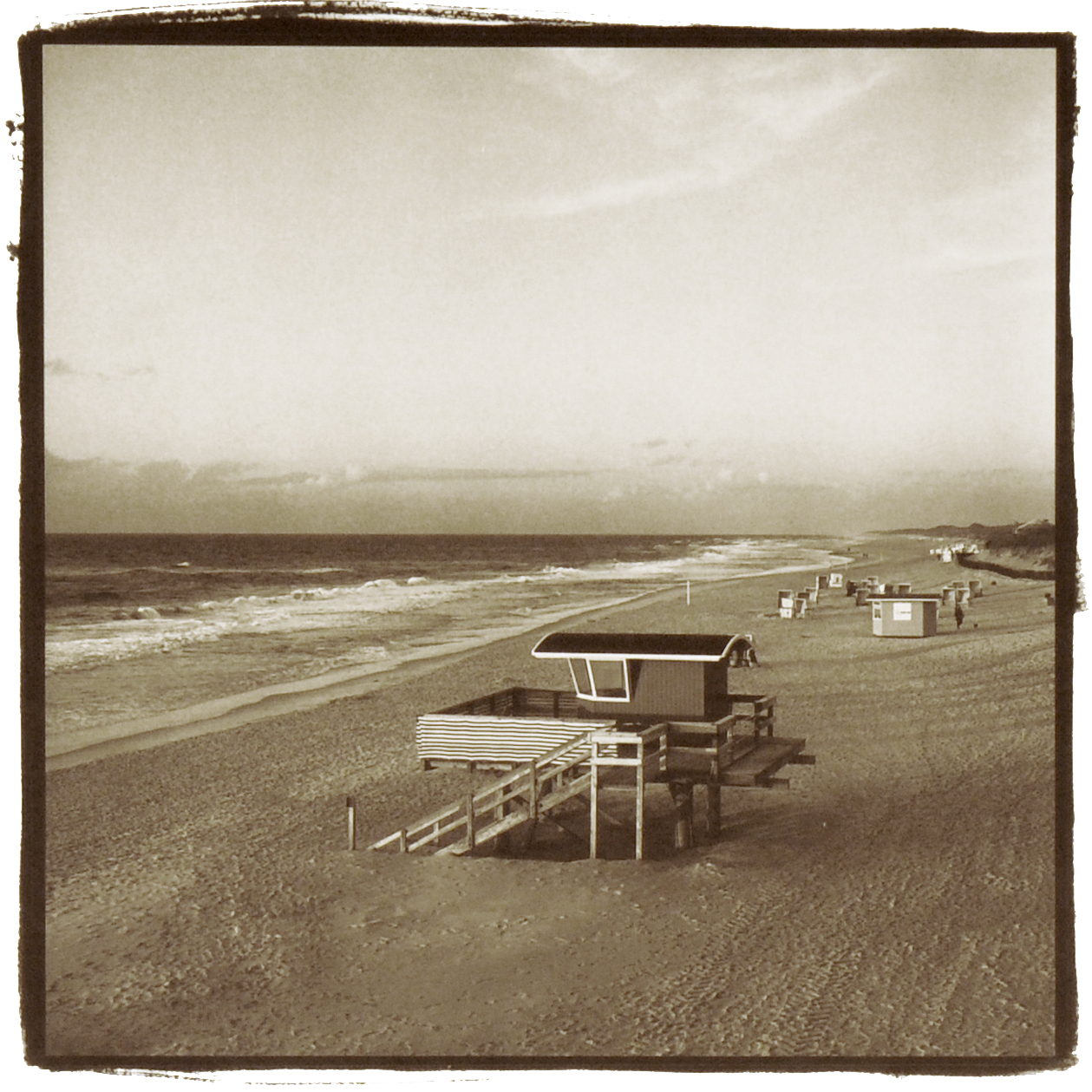Kallitype
Kallitype is an analogue, photographic technique, which originates in the 19th century and belongs to the copying processes. The positive is created in the ratio 1:1 by a present negative. The chemical process is based on the conversion of silver nitrate by means of light-sensitive iron salts into metallic silver. Various formulations can be used which achieve results comparable to platinum-palladium prints when corresponding toners (platinum or palladium) are used.
Large-format kallitypes are the specialty of the work. They combine the charm and the effect of a more than a hundred years old craftsmanship with the technical possibilities of modern digital photography. The images, which are exposed on pure, self-coated cotton paper, are distinguished by the depth and range of tonal value from common development and printing processes. Depending on the developer and toner used, the images vary between a clear, graphic gray and a soft sepia tone.
Process: The picture as well as the preparation of the negatives and the adjustment of tonal value and gradation required for the method are carried out digitally. The negatives are printed on foil. Heavy water-color paper from pure cotton serves as an image carrier to which the sensitizing solution is applied by hand. The exposure (UV) is then carried out under vacuum. The pictures are developed in basins made especially to fit the large format. Depending on the desired image impression, sodium citrate (softer, warmer images) or sodium acetate (higher contrast images) can be used. After fixing and washing, the pictures are applied wet on a glass plate for drying.
